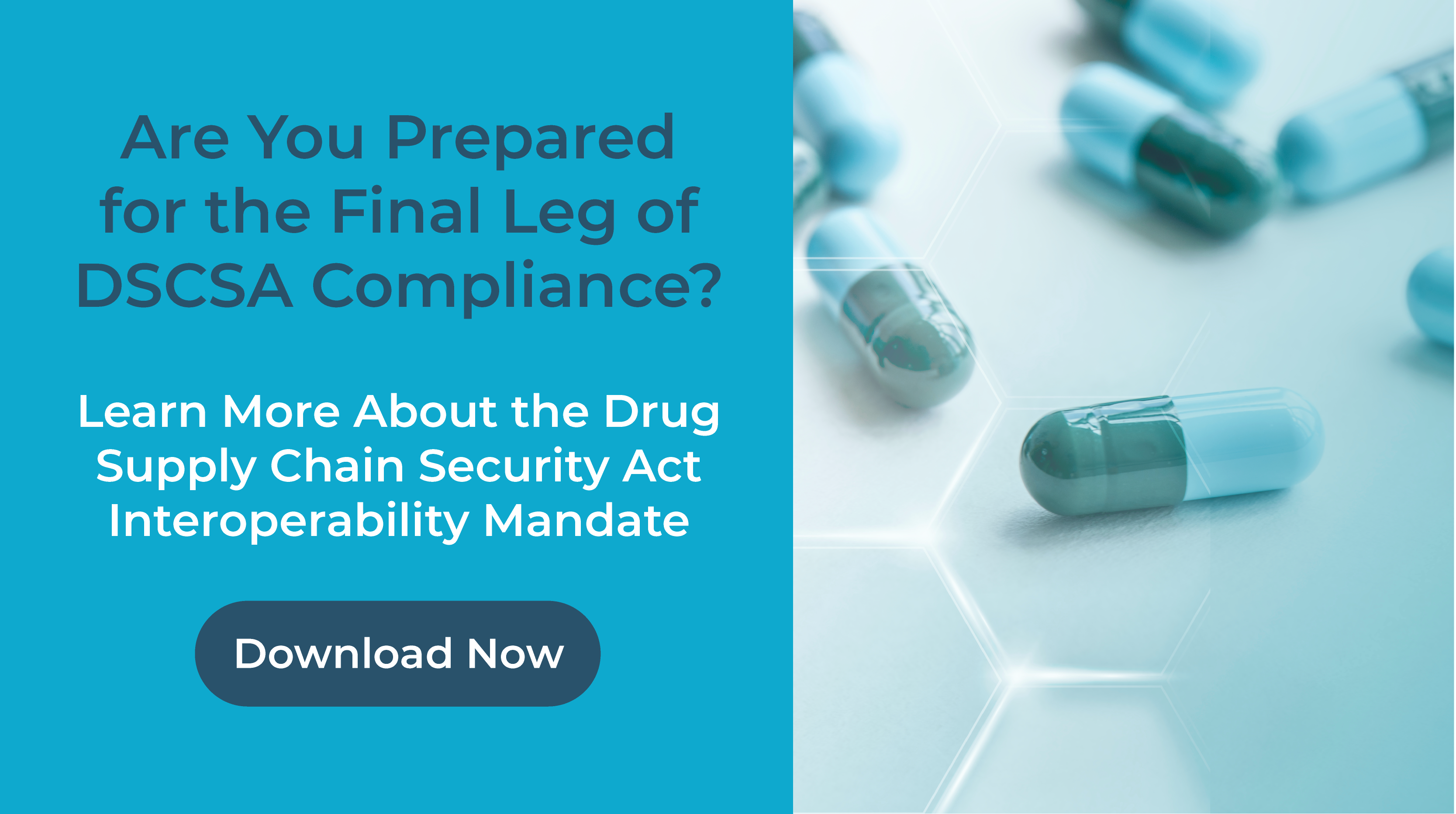.png)
The continued growth of the pharmaceutical market has generated a steadily growing pharma packaging industry. Chronic diseases are increasing worldwide, and drug companies are creating groundbreaking new medications to address these disorders. As pharma companies introduce new prescription drugs to the market, new packaging innovations are required to ensure patient safety. 2023 looks to be a historic year for the pharmaceutical packaging industry with the monumental Drug Supply Chain Security Act (DCSA) deadline. As we approach the end of 2022, we reflect on the top five serialization and related packaging trends and expectations for 2023 in the pharmaceutical industry:
- Final DSCSA Deadline in 2023 -
The most significant event of 2023 in the pharmaceutical packaging industry is the November 27, 2023 deadline for DSCSA compliance. The U.S. Congress adopted the legislation in 2013 with the primary purpose of creating a system to quickly verify the authenticity of prescription drugs, enhance the drug recall processes, and improve the detection and interception of illegitimate products in the supply chain. Over the last nine years, the pharma industry, supported by the FDA, the GS1 organization and the Healthcare Distribution Alliance (HDA), have worked extremely hard to develop specifications and procedures that would establish effective drug safety and serialization procedures. By large the pharma industry has implemented these methodologies. Pharma manufacturers and the industry’s contract packagers, have for the most part, developed and implemented serialization technologies that meet the intent and standards of the DSCSA. The November 2023 DSCSA deadline serves as a major milestone for the pharmaceutical industry in achieving drug safety.
- Some Pharma Companies Still Not Serializing Products
Although approximately 90% of the pharma industry and supply chain partners have implemented technologies in accordance with DSCSA, a number of pharma manufacturers and supply chain companies still need to implemented serialization technologies to fully meet the DSCSA requirements. In addition, some companies have implemented serialization solutions that do not quite meet all of the specifications required by DSCSA, but still have time to convert the temporary solutions to permanent ones. Therefore, these companies must consult quickly with serialization experts to ensure compliance with the DSCSA procedures.
- Serialization Extended to the Case and Pallet
With the last phase of DSCSA compliance, serialization is extended from the unit of sale to the case and pallet, including the aggregation of the serial numbers at each level. This is necessary as items are not passed through the supply chain as saleable unit. Rather, many individual containers are packaged in a case and placed onto pallets. With serialization at the case and pallet level, it is easier for supply chain partners to identify what is inside a carton or pallet by examining the code on the exterior of the package instead of opening a case to check the serial number on the pack-level product. Without this aggregation and the required data collection and reporting, organizations will not be compliant with the DSCSA law.
- Conversion of Bottling Lines to Blister Packs
Poor medication adherence is a significant issue worldwide, with 50% of drugs for chronic diseases not taken as prescribed. According to the World Health Organization (WHO), the consequences of poor medication adherence are both poor health outcomes and increased healthcare costs. As a result, several drug manufacturers are now considering converting their bottling lines to blister packs, combined with printing easy-to-read day codes to help maximize adherence to the drug. Studies have shown that the adherence ratios with bottles are as low as 50% for many patients. In contrast, blister packs with day codes can significantly increase that percentage, resulting in improved patient adherence. Blister packs are also a more sustainable packaging option than traditional amber vials, which help support an organization’s sustainability initiatives.
- Growing Importance of Securing Pharma Product
The rise of e-commerce has resulted in the widespread sale of counterfeit medications online. These fake drugs often look identical to the real product but can be exceedingly dangerous. They can contain an incorrect amount of the active ingredient, the wrong active ingredient, or no active ingredients, which may cause health risks. With patients increasingly going to online retailers for their medications, securing drugs becomes paramount to the industry. By adding technology to the package linked to the barcode data, manufacturers can dramatically enhance the security of pharma products.

